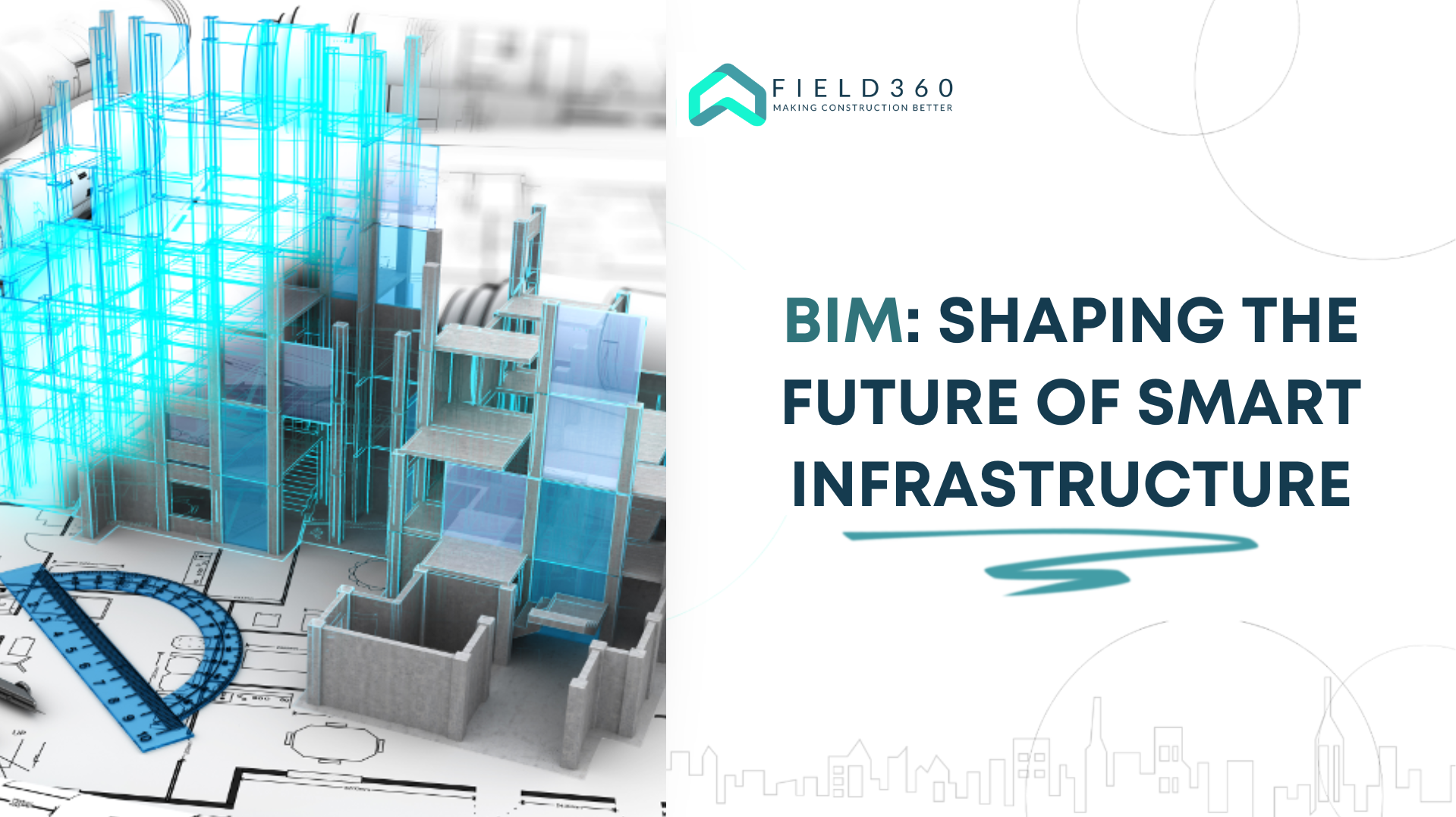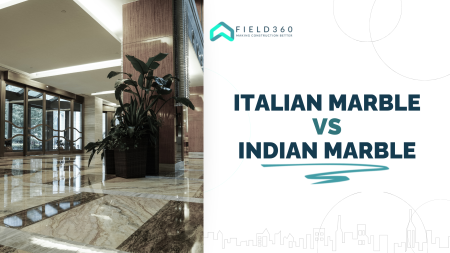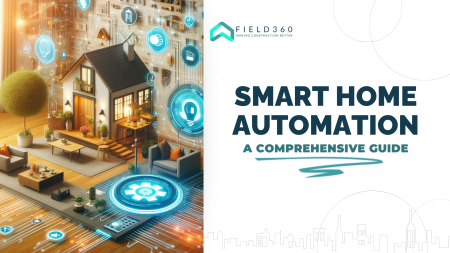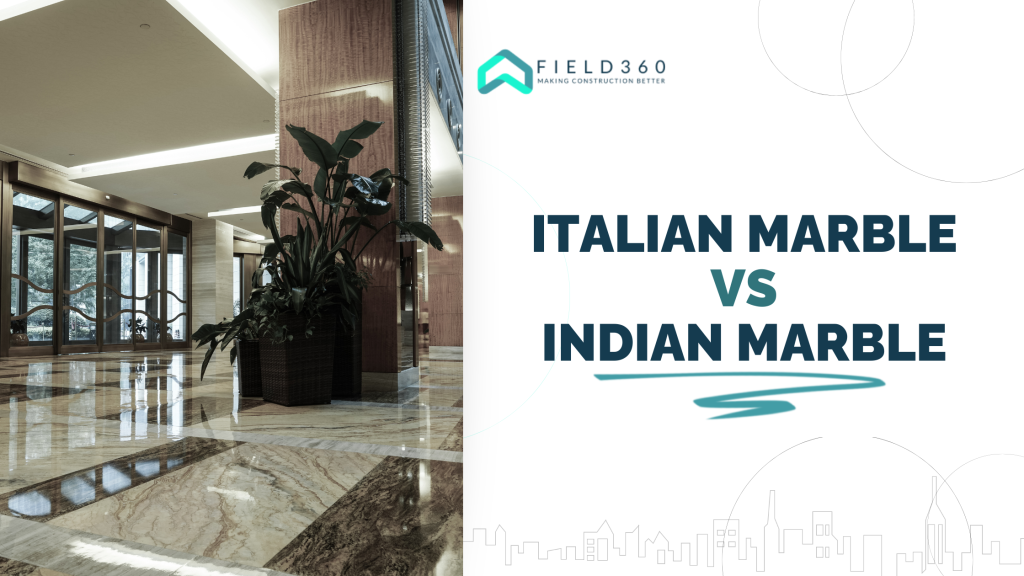The construction industry is on the verge of a massive transformation, thanks to technological advancements. One of the most significant innovations driving this change is Building Information Modeling (BIM). This technology is reshaping how we design, construct, and manage infrastructure, offering a more efficient, sustainable, and smart approach.
With the rise of smart cities and urbanization, the role of Building Information Modeling in future construction projects is undeniable. It not only improves project efficiency but also brings new possibilities for sustainability and cost savings.
What Makes BIM Essential for Modern Construction?
- Enhanced collaboration among stakeholders
- 3D visualization for accurate planning
- Reduced errors and rework during construction
BIM’s collaborative platform allows architects, engineers, and contractors to work together more effectively. By providing a single source of information, it minimizes miscommunication and enhances project outcomes.
Comparison of Modern vs. Traditional Construction Methods
Italian marble variants are available in a range of colors and textures. Some of the most common varieties of Italian marble are as follows:
| Aspect | Traditional Methods | Modern Methods |
| Planning | Manual, time-consuming, and prone to errors | Automated with data-driven insights and fewer errors |
| Resource Management | Difficult to track and optimize resources | Real-time resource tracking and optimization |
| Sustainability | Often neglects environmental impacts | Focuses on energy efficiency and sustainability |
- Learn more about global BIM standards and guidelines from the National Institute of Building Sciences.
Benefits of BIM in Smart Infrastructure
- Sustainability: BIM allows for sustainable designs by integrating energy models.
- Cost Efficiency: Minimizes wastage and enhances budget management.
- Predictive Maintenance: Supports infrastructure maintenance using real-time data.
it not only improves the planning and construction phases but also facilitates efficient building maintenance. The integration of Internet of Things (IoT) technologies allows for predictive maintenance, reducing long-term costs.
How BIM is Powering Smart Cities
| Feature | Traditional Construction | BIM-Enabled Construction |
|---|---|---|
| Planning | Time-consuming manual plans | Digital models for faster planning |
| Resource Management | Inaccurate resource tracking | Real-time tracking of materials |
| Maintenance | Reactive maintenance | Predictive maintenance with IoT |
- Better Urban Planning: BIM helps create data-driven designs for smart cities.
- Improved Sustainability: It supports eco-friendly designs.
Through BIM, cities can become more sustainable and efficient. The technology offers valuable insights that improve urban planning, ensuring that resources are used wisely, and buildings are constructed with environmental considerations in mind.
Takeaway!
It’s clear that BIM is not just a tool; it’s a transformative technology that is reshaping the future of construction. With its wide-ranging benefits, from improving collaboration to enabling sustainable construction, it is becoming a critical component in the development of smart cities. Field360, with its expertise in this space, is helping companies integrate to stay ahead in the evolving construction landscape.
Frequently Asked Questions
Building Information Modeling is a collaborative digital process that integrates 3D models and data to improve project management across all phases of a building’s lifecycle.
BIM supports efficient project planning, real-time resource tracking, and predictive maintenance, all of which are key components in developing smart, sustainable infrastructure.
BIM reduces errors, minimizes wastage, and ensures better budget management, leading to cost savings in construction projects.
Field360 provides industry-leading expertise in integration, helping companies transition smoothly to this advanced technology, ensuring efficient project execution and smart infrastructure development.












